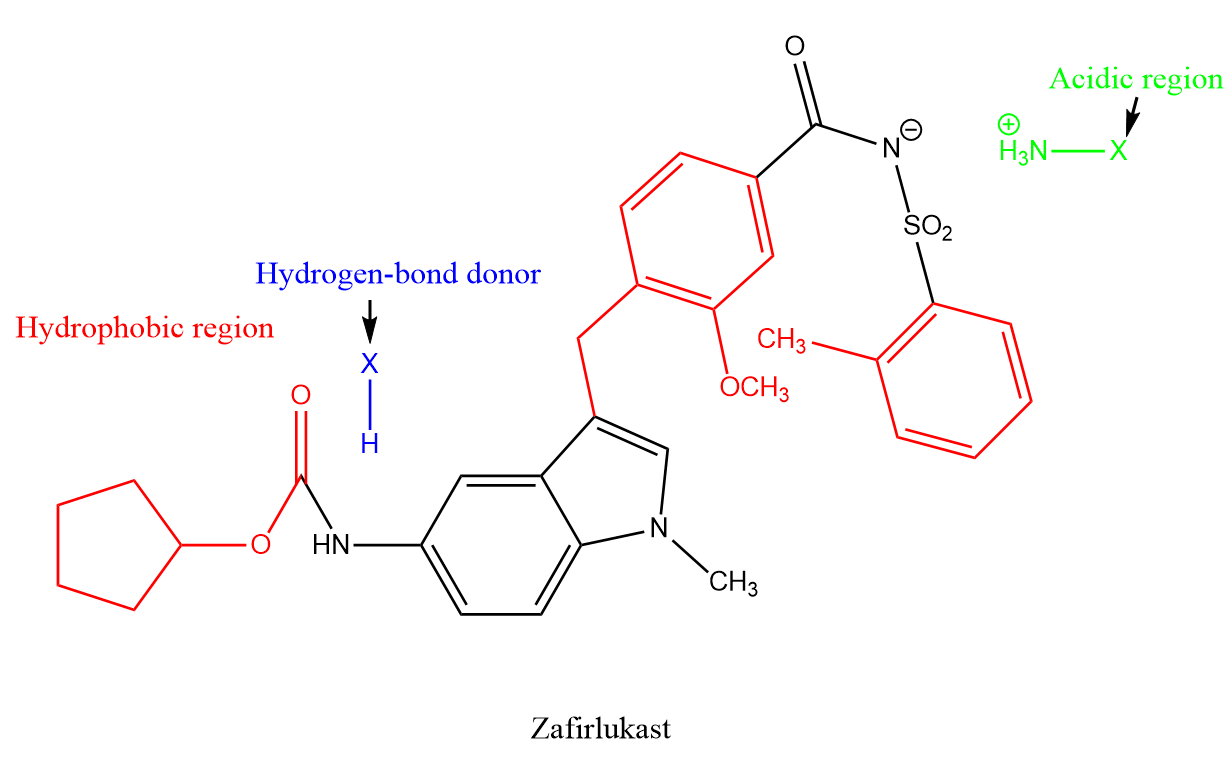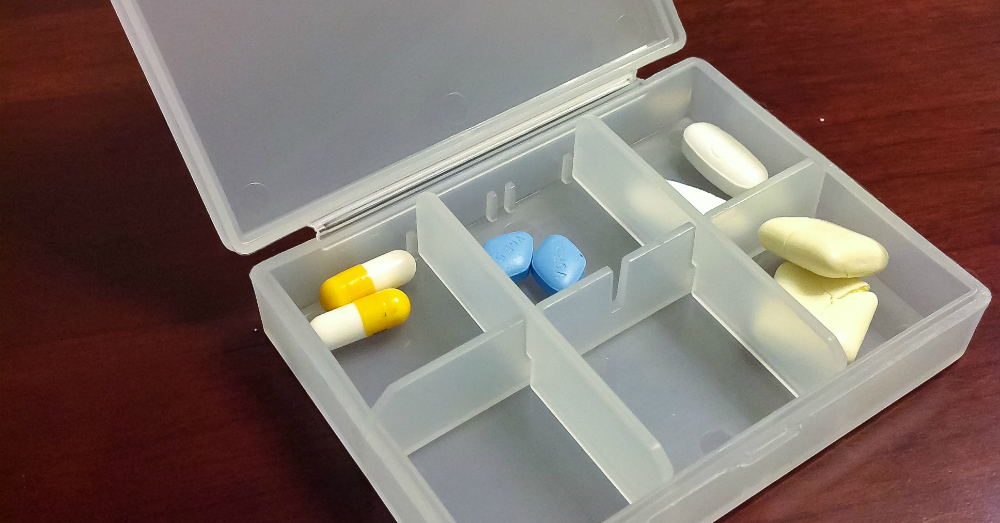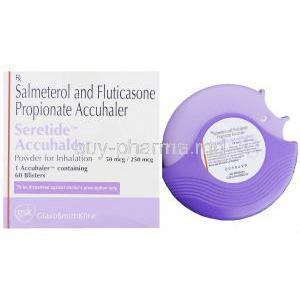Zafirlukast
- I. Introduction
- II. Uses of Zafirlukast
- III. How Zafirlukast Works
- IV. Dosage and Administration
- V. Composition of Zafirlukast
- VI. Side Effects of Zafirlukast
- VII. Interactions
- VIII. Warnings and Contraindications
- IX. Special Considerations for Administration
- X. Overdose and Its Management
- XI. Storage and Handling Precautions
- XII. Important Precautions
- XIII. Conclusion
I. Introduction
Brief Overview of Zafirlukast
Zafirlukast is a medication that doctors commonly prescribe to treat asthma. It works by blocking substances in the body that cause inflammation and narrowing of the airways, which helps alleviate asthma symptoms.
Importance of Asthma Management
Managing asthma with attention to detail is extremely important. When asthma is not controlled correctly, it can lead to trips to the hospital, a decrease in quality of life, and, in severe cases, even death. It's especially crucial to manage asthma for certain groups, like children and older adults.
Objective of the Article
The goal of the article is to provide an well rounded view of Zafirlukast. It discusses its usefulness in managing asthma, how it works, recommended dosage instructions, and potential side effects among relevant subjects.
II. Uses of Zafirlukast
Indicated Use: Asthma Management
Zafirlukast is a medication used for the long-term management of asthma. It is an anti-inflammatory drug that works by blocking leukotrienes, which are chemicals that cause inflammation in the airways 12. Studies have shown that it can lead to an enhancement in Forced Expiratory Volume (FEV1), which is a measure of how much air a person can exhale forcefully in one second 1. Additionally, it has been shown to decrease the reliance on emergency medication 3.
Here are some references for further reading:
- Mayo Clinic - Asthma: Diagnosis and Treatment
- Mayo Clinic - Asthma Medications: Know Your Options
- Mayo Clinic - Asthma Treatment: 3 Steps to Better Asthma Control
- The Pharmaceutical Journal - Asthma: long-term management
- StatPearls - NCBI Bookshelf - Zafirlukast
- Medcrine - Montelukast and Zafirlukast: Leukotriene Receptors Antagonists
- Medscape - Accolate (zafirlukast) dosing, indications, interations, adverse …
- DrugBank Online - Zafirlukast: Uses, Interactions, Mechanism of Action
How Zafirlukast is Employed in Asthma Care
Zafirlukast is commonly taken by mouth in the form of tablets. It is often included as a component of a complete asthma management plan. It is not used as a treatment but rather for ongoing long-term management.
Benefits of Controlling Asthma Symptoms
A managed asthma condition brings about a notable improvement in the overall quality of life. It empowers individuals to participate in their routines and physical activities without anxiety about worsening symptoms. Moreover, it reduces the need for the use of emergency medications.
Off-Label Uses
Chronic Urticaria
Zafirlukast is an anti-inflammatory drug that is primarily used for the long-term management of asthma. While some studies suggest it may be effective in treating urticaria, the evidence is limited, and its effectiveness can vary 123.
Here are some references for further reading:
- JAMA Network - Evaluation of Pharmacologic Treatments for H1 Antihistamine–Refractory Chronic Spontaneous Urticaria: A Systematic Review and Network Meta-analysis
- American Academy of Family Physicians - Urticaria: Evaluation and Treatment
- BMJ Best Practice US - Urticaria and angioedema - References
Other Respiratory Conditions
Zafirlukast is an anti-inflammatory drug that is primarily used for the long-term management of asthma. While some studies suggest it may be effective in treating rhinitis, the evidence is limited, and its effectiveness can vary.
Here are some references for further reading:
- PubMed - Zafirlukast in the treatment of rhinitis
- The Pharmaceutical Journal - Asthma: Long-term management
- StatPearls - NCBI Bookshelf - Zafirlukast
Cautions Regarding Off-Label Uses
It is crucial to be careful when thinking about using Zafirlukast for purposes that are not officially approved. It's always an idea to consult a healthcare professional for an accurate diagnosis and a personalized treatment plan.
III. How Zafirlukast Works
Mechanism of Action
Zafirlukast works by blocking the cysteinyl leukotriene receptors. This action helps to reduce bronchoconstriction and inflammation, providing relief from asthma symptoms.
Leukotriene Receptor Antagonist Explained
Leukotrienes are compounds that trigger a reaction in the airways. Zafirlukast works by blocking these compounds thus preventing the narrowing of the airways that is commonly associated with asthma attacks.
Comparative Efficacy with Other Asthma Medications
Compared to corticosteroids or beta-agonists, Zafirlukast provides a distinct mechanism of action that can work together effectively. However, it should not be seen as a substitute for these medications.
Long-Term Vs Short-Term Benefits
Zafirlukast is not meant to provide relief of symptoms but rather it aims to manage asthma in the long run. Its advantages build up gradually, highlighting its significance in an approach, to treating asthma.
IV. Dosage and Administration
Recommended Dosages for Asthma
The typical recommended dosage for adults is usually 20 mg, taken twice a day. However, regarding children, the dosage may vary depending on their weight and age.
How to Administer Zafirlukast
The medicine is taken by mouth as a tablet. Following the dosage schedule closely is crucial to ensure the best therapeutic outcome.
Special Populations (Elderly, Children)
Dosage adjustments may be required for young patients due to differences in how their bodies process and respond to medications.
Timing and Frequency Considerations
Zafirlukast is typically taken two times daily, regardless of meals. Ensuring regularity in the timing enhances the effectiveness of the treatment.
Importance of Following Medical Guidelines
Following guidelines not only increases effectiveness but also reduces the risk of any potential adverse side effects.
V. Composition of Zafirlukast
Active Ingredients
Zafirlukast, the component, is usually found in tablets that come in 10mg or 20mg doses.

Inactive Ingredients
These ingredients may include lactose, magnesium stearate, and other additional substances.
Pharmaceutical Formulation Details
The main goal of the formulation is to improve how the body absorbs and utilizes medication while maintaining a consistent and effective treatment over time.
VI. Side Effects of Zafirlukast
Common Side Effects
- Headaches
- Nausea
- Others such as abdominal pain and diarrhea
Less Common Side Effects
Liver function abnormalities and neuropsychiatric symptoms are not as expected. It's essential to seek medical attention promptly.
How to Manage Side Effects
If you experience any side effects, seeking advice from a healthcare professional is crucial. They may suggest adjusting your dosage or considering medication options.
VII. Interactions
Drug-Drug Interactions
Zafirlukast has the potential to interact with medications such as erythromycin, which could affect how well the drugs work and potentially lead to side effects.
Examples and Potential Risks
Combining warfarin with another medication can enhance its effects, increasing the bleeding likelihood.
Drug-Food Interactions
Zafirlukast can be taken regardless of meals. It is worth noting that certain foods might impact how well it is absorbed. It may be necessary to monitor and make adjustments accordingly.
Drug-Alcohol Interactions
During treatment, it is advisable to avoid consuming alcohol as it may worsen the side effects of Zafirlukast.
VIII. Warnings and Contraindications
Contraindications for Use
Contraindications refer to situations in which Zafirlukast should not be given. These can be divided into two types: relative contraindications, depending on the seriousness of possible adverse effects. Liver Disease; It's contraindicated due to its impact on hepatic metabolism. Conditions; Relative contraindications may include impaired kidney function and certain cardiovascular diseases.
Churg-Strauss Syndrome Warning
The FDA has recently issued warnings regarding the potential of Zafirlukast to trigger Churg Strauss syndrome, which is a severe vascular disorder that can lead to fatal consequences. It is essential to exercise increased caution while starting treatment for individuals who have a history of eosinophilia.
Other FDA Warnings and Recommendations
The FDA has also highlighted the importance of being cautious as there is a possibility of experiencing events. It is crucial to comply with these guidelines to minimize any risks.
IX. Special Considerations for Administration
Administration to Elderly
Elderly individuals require attention when it comes to medication treatment. It is common to adjust dosages based on changes in how their bodies process drugs. The elderly are more prone to experiencing side effects that affect liver or kidney function.
Administration to Pregnant Women and Nursing Mothers
Risks and Recommendations
It is crucial to assess the risks and benefits involved as there is a possibility that the drug may pass through the placental barrier or be present in breast milk.
Administration to Children
Age Limits and Special Guidelines
It is generally not recommended to use Zafirlukast in children under the age of 5 because there is safety data available. However, it is essential for children above this age to monitor their usage.
X. Overdose and Its Management
Symptoms of Overdose
Common symptoms may consist of the following. These are not limited to intense headaches, muscle pain, and higher levels of liver enzymes.

Steps to Take in Case of Overdose
Seeking medical attention is necessary. It may be advisable to consider treatments like flushing the stomach or using activated charcoal.
Long-term Consequences of Overdosing
Prolonged excessive consumption of substances may lead to permanent liver damage or severe mental health complications.
XI. Storage and Handling Precautions
Recommended Storage Conditions
It is essential to follow the recommended storage guidelines. The medication should be stored in a dry place, at room temperature and it should be protected from any exposure to moisture or direct sunlight.
Shelf Life
Usually, the shelf life can last for two years after it has been manufactured, although this timeline might differ depending on the specific formulations used.
Safe Disposal Methods
To prevent contamination, it is essential to dispose of expired or unused Zafirlukast per the local guidelines for pharmaceutical disposal.
XII. Important Precautions
Pre-treatment Tests
It is commonly necessary to conduct liver function tests before starting treatment to establish a reference point for monitoring purposes.
Post-treatment Monitoring
It is recommended to perform regular liver function tests to detect any underlying liver abnormalities.
Role of Regular Medical Check-ups
Regular medical checkups help to identify any issues, which in turn enhances the safety aspect of Zafirlukast.
XIII. Conclusion
Summary of Key Points
The article provides an explanation of Zafirlukast, including its clinical uses, possible side effects, and contraindications. It is essential to grasp these factors in order to achieve the possible therapeutic results.
Importance of Consulting Healthcare Professionals for Individualized Advice
Considering the nature of pharmacotherapy and the unique physiological reactions it can cause, personalized medical advice is still crucial. It is essential to adhere to this principle to guarantee the safety and effectiveness of treatment.











